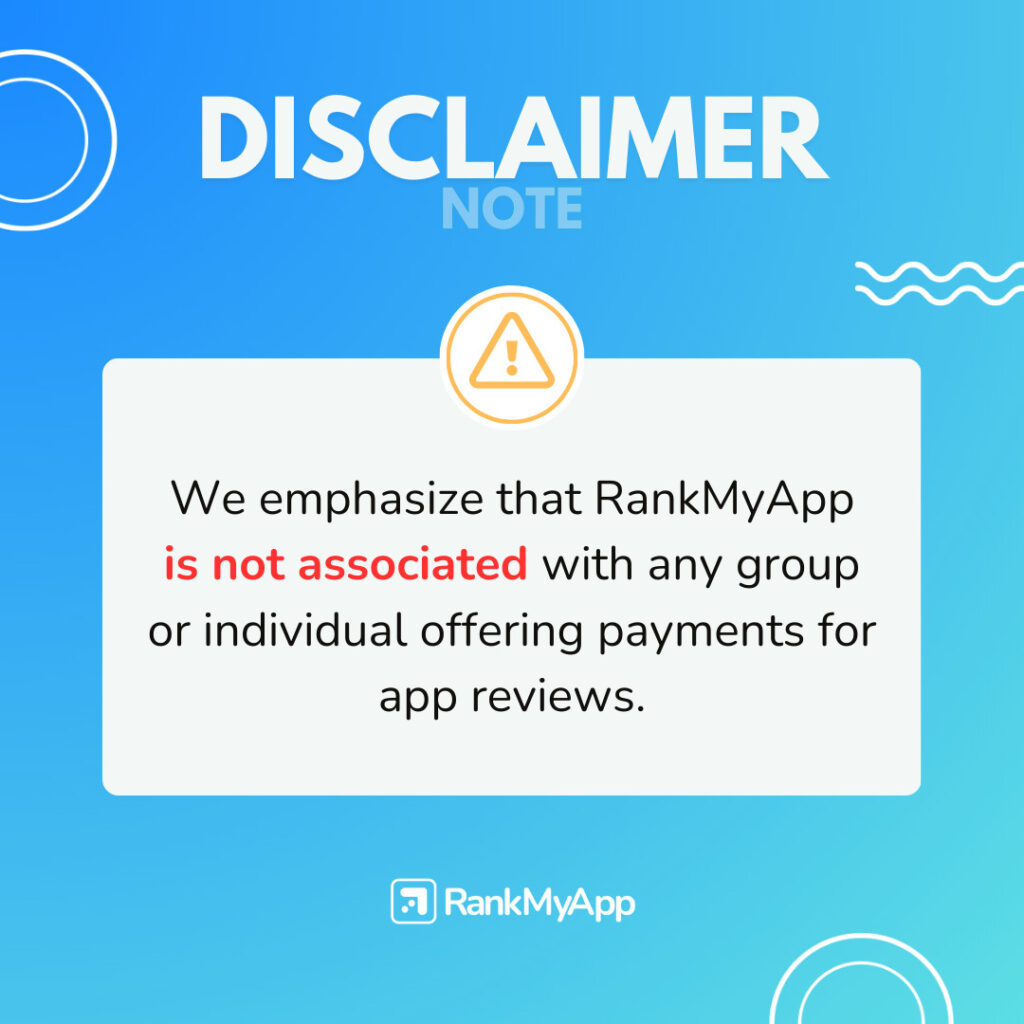After building and launching your app, you need to promote it. Calculating and tracking marketing ROI reveals if your marketing investments are generating a return.
What is marketing ROI?
Return On Investment (ROI) is a metric that reveals the profit-producing capabilities of your business investments. Your business marketing investments are measured by marketing ROI.
If your business has an app, your marketing plan will include promoting your app. So when calculating ROI for the various aspects of your marketing plan, be sure to include a calculation for the investments you make to promote your app.
Your app’s marketing ROI can include all marketing-related activities. Alternatively, the metric can be broken up by each campaign.
Marketing ROI is important because it:
- Justifies the cost of marketing;
- Reveals which marketing investments should continue;
- Shows which marketing investments aren’t producing results;
- Reveals how successful the app’s marketers are;
- Enables marketers to compare their ROI with their competitors’ ROI.
How to calculate marketing ROI
The basic marketing ROI formula is:
(Sales Growth – Marketing Expense)/Marketing Expense = Marketing ROI
This formula only works if the total amount of sales growth was connected to your mobile marketing plan. However, most situations are not that simple.
The following marketing ROI formula is more accurate:
(Sales Growth – Organic Sales Growth – Marketing Expense)/Marketing Expense = Marketing ROI
This formula takes organic growth out of the equation, which exposes how much of your growth really came from your marketing investments.
Analyze each month’s growth to determine how much of it was organic Look for sales that occurred in the months before your campaign launched.
Return on investment marketing takes each of the following into account:
- Total Revenue – This is the total amount of money generated from a specific campaign or your overall marketing plan.
- Gross Profit – This is your total revenue minus the costs required to create or offer your product to consumers.
- Net Profit – This is the amount of revenue left over after subtracting all other expenses from gross profit.
- Expenses – These include any investments in your app’s marketing plan.
How to improve marketing ROI
Once you start calculating and tracking your app’s return on investment, you might realize it’s not making a profit. This can be fixed. First, you must establish what your app marketing goals are.
If your goal is to generate revenue from your app, you will need to implement app monetization strategies. These could include:
- In-app ads
- In-app purchases
- Subscriptions
But your goals for your app might also be intangible, like increasing brand awareness or strengthening consumer trust. If your app can accomplish those goals, it will go a long way towards making your business more successful.
So if you can’t get your app to make money, consider changing your goal to something more intangible. It will be worth the investment even if your app doesn’t directly increase your business profits.
This is because your app’s users will become more familiar with your brand. As they use your app and enjoy its benefits, they will begin to trust your brand, which greatly increases the odds of converting them into customers.
In order to build each user’s trust in your business, you will have to achieve several other goals along the way. These include:
- Acquiring more users;
- Increasing your app’s number of daily active users;
- Decreasing churn while increasing retention rate.
So whether your goals are tangible or intangible, you need to calculate and monitor your app’s marketing ROI. This important metric will help you discover if your marketing investments are producing the results you want.
Marketing is important, but don’t forget about ASO. It’s just as vital and effective for increasing user acquisition. Get help from an ASO specialist today!




